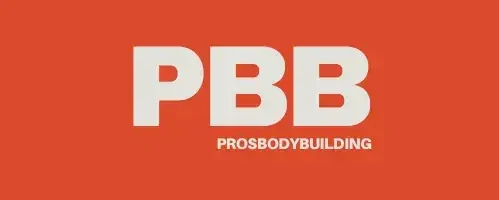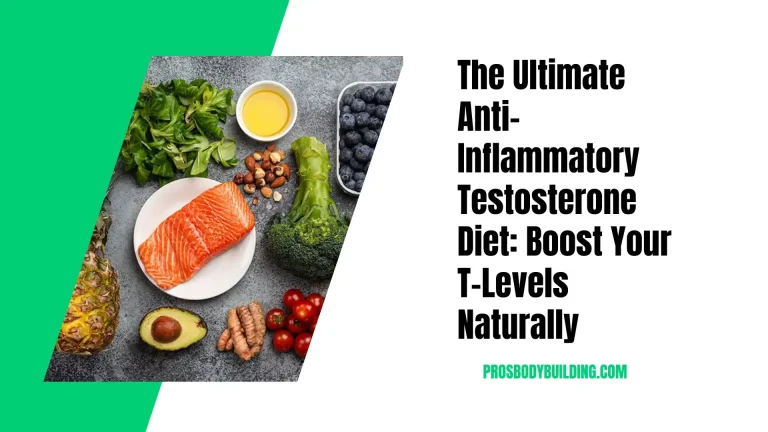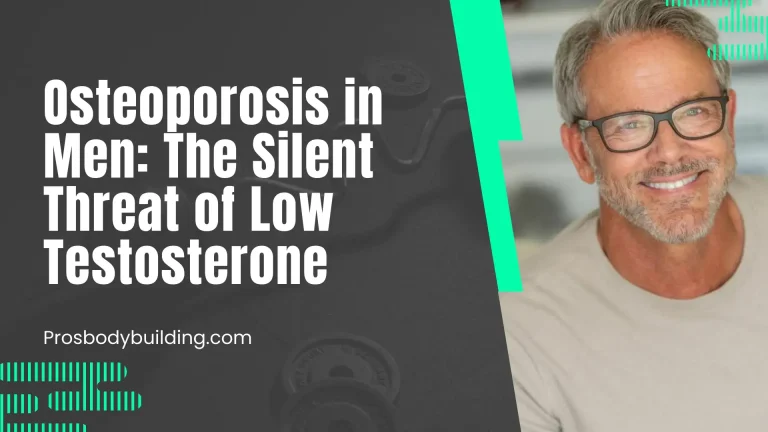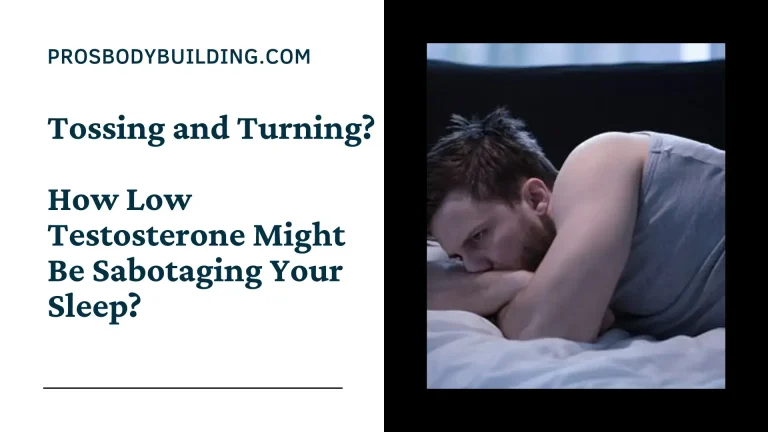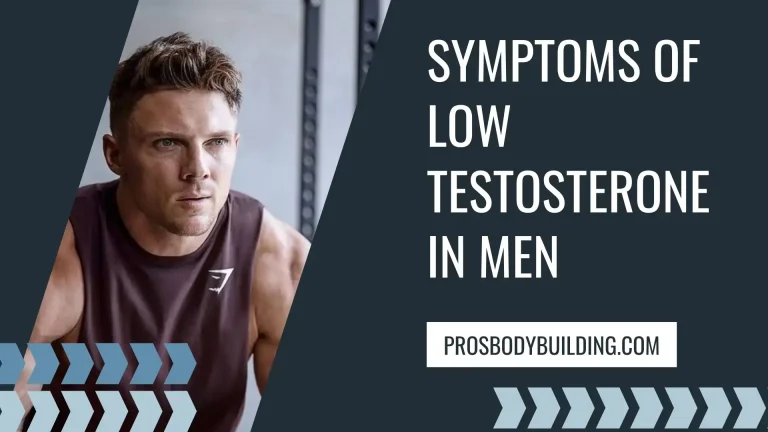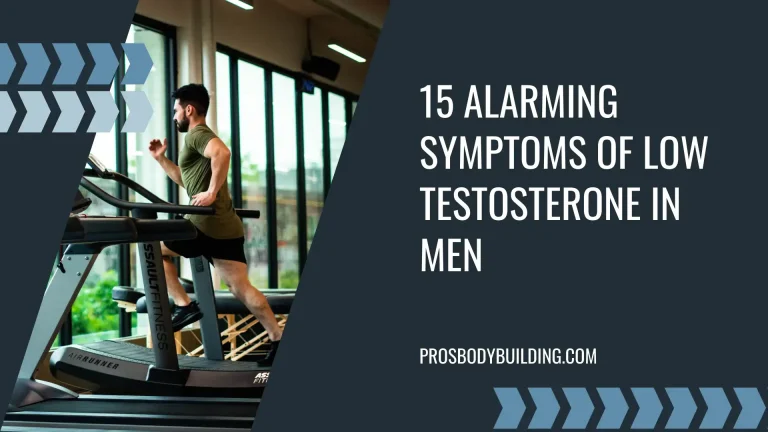Loss of Muscle Mass: Is It a Sign of Low Testosterone in 2024?
Imagine waking up one day and noticing your once-toned muscles seem to have vanished overnight. Scary, right? Well, you’re not alone! Did you know that by age 70, men can lose up to 30% of their muscle mass? This staggering statistic often leaves us wondering: could low testosterone be the culprit behind our shrinking muscles?
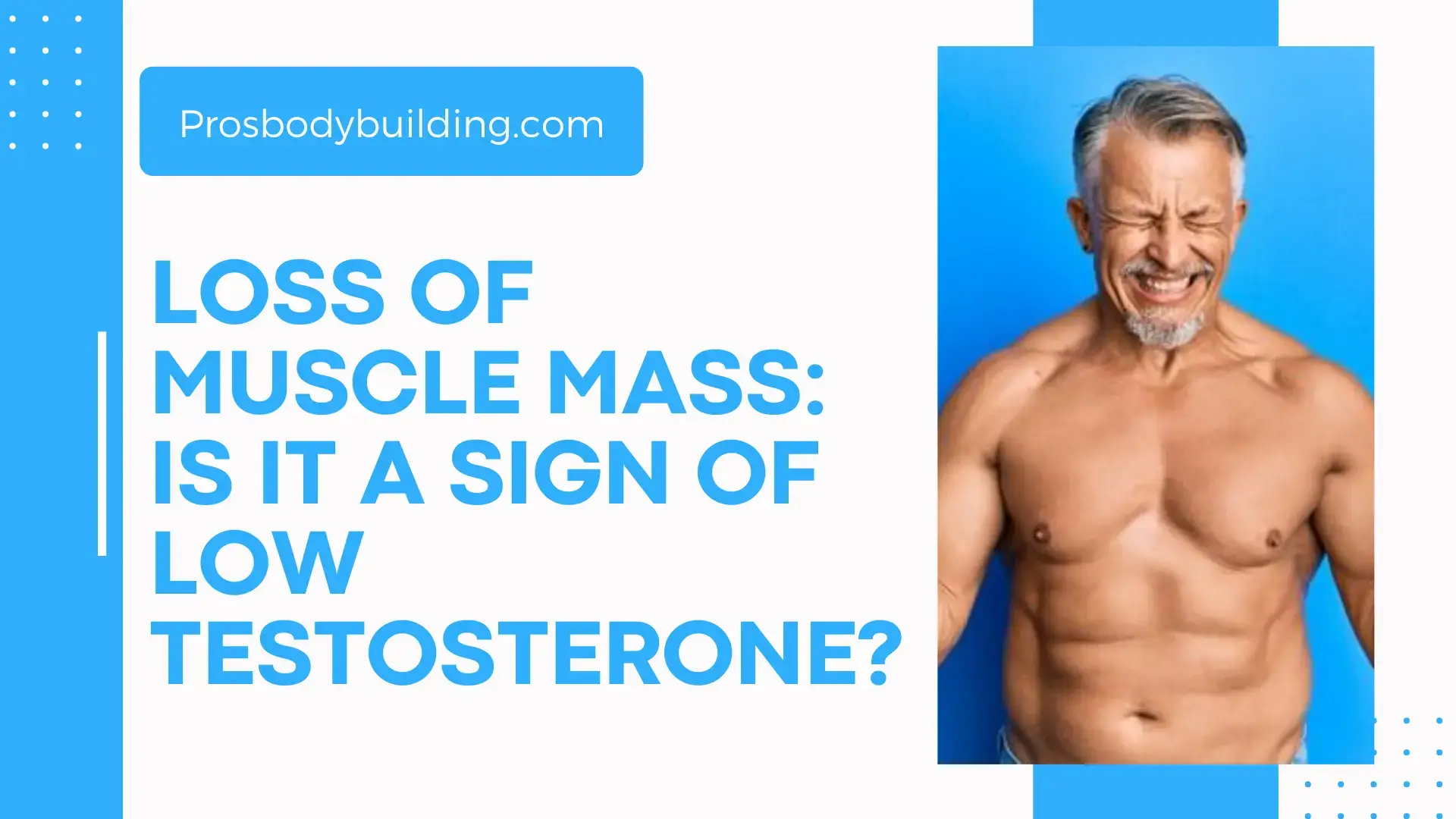
As someone who’s always been passionate about fitness, I’ve seen my fair share of gym buddies puzzled by unexplained muscle loss. It’s like watching your hard-earned gains slip through your fingers, and let me tell you, it’s not a great feeling. But fear not! We’re about to embark on a journey through the fascinating world of hormones and muscles, exploring the intricate dance between testosterone and your body’s ability to maintain that coveted muscular physique.
Understanding Testosterone and Its Role in Muscle Health
Let’s start with the basics. Testosterone is like the MVP of male hormones. It’s the stuff that puts hair on your chest (literally) and keeps your muscles looking like you could audition for the next superhero movie. But it’s not just about looking good – testosterone plays a crucial role in muscle protein synthesis, the process that helps build and maintain muscle mass.
Now, here’s where it gets interesting. As we age, our bodies start to slack off on testosterone production. It’s like your body’s hormone factory decides to take an extended coffee break. By the time we hit 30, testosterone levels start to dip by about 1% each year. Talk about a slow burn!
But what’s considered “normal” anyway? Well, testosterone levels can vary, but generally, anything between 300 to 1,000 nanograms per deciliter (ng/dL) is considered within the normal range for adult men. If you’re dipping below 300 ng/dL, you might be entering the land of low T.
Signs and Symptoms of Low Testosterone Muscles
So, how do you know if low testosterone is messing with your muscles? Well, it’s not like your biceps will suddenly deflate like a sad balloon, but there are some telltale signs:
- Your muscles seem to be shrinking despite your best efforts at the gym.
- That muffin top is starting to look more like a full-on cake, especially around your midsection.
- You’re huffing and puffing more than usual during your workouts, and recovery feels like it takes forever.
- Energy levels? What energy levels? You’re feeling more like a sloth than a sprinter these days.
- Your mood is all over the place, and the motivation to hit the gym is harder to find than matching socks in the laundry.
If you’re nodding along to these symptoms, it might be time to dig a little deeper.
Causes of Low Testosterone Beyond Aging
While Father Time is often the prime suspect in the case of vanishing testosterone, he’s not always working alone. There are other factors that could be conspiring against your T levels:
- Medical conditions like type 2 diabetes, obesity, or pituitary gland issues can throw a wrench in your hormone production.
- Lifestyle choices matter too. Too much booze, not enough sleep, and a diet that consists mainly of drive-thru meals can all contribute to low T.
- Some medications, particularly opioids and glucocorticoids, can suppress testosterone production faster than you can say “side effects.”
- Stress is another sneaky culprit. When you’re constantly in fight-or-flight mode, your body prioritizes survival over hormone production.
Diagnosing Low Testosterone: When to See a Doctor
If you’re worried about low T, don’t just rely on Dr. Google. It’s time to have a chat with a real medical professional. They can run blood tests to check your testosterone levels and rule out other potential causes of muscle loss.
And here’s a pro tip: testosterone levels fluctuate throughout the day, so your doctor might want to do multiple tests to get an accurate picture. They’ll also look at the bigger picture of your health because, let’s face it, your body is more complex than a jigsaw puzzle.
Treatment Options for Low Testosterone and Muscle Loss
If it turns out you’re dealing with low T, don’t panic! There are options:
- Testosterone replacement therapy (TRT) is like giving your body a hormone top-up. It can be administered through gels, patches, or injections. But remember, it’s not a decision to be taken lightly – always discuss the pros and cons with your doctor.
- If you’re not keen on medical interventions, there are natural ways to give your testosterone a boost:
- Load up on foods rich in vitamin D, zinc, and healthy fats.
- Hit the weights! Resistance training is like a wake-up call for testosterone production.
- Get your beauty sleep. Aim for 7-9 hours of quality shut-eye each night.
- Try stress-busting activities like meditation or yoga. Your hormones will thank you.
- Try a natural testosterone supplement like Testosil. It is far better in terms of composition as compared to other brands on the market. It has been getting rave user reviews too. It can help you gain immense strength and power by making your body produce more testosterone on its own.
Building and Maintaining Muscle with Low Testosterone
Even if you’re dealing with low T, all is not lost in the muscle department. Here are some strategies to keep those gains coming:
- Focus on compound exercises like squats, deadlifts, and bench presses. These moves give you the most bang for your buck when it comes to muscle stimulation.
- Protein is your best friend. Aim for about 1.6 to 2.2 grams per kilogram of body weight daily to support muscle growth and recovery.
- Don’t neglect rest days. Overtraining can actually lower testosterone levels, so give your body time to recover.
- Consider supplements like creatine or omega-3s, which can support muscle health. But always check with your doctor before starting any new supplement regimen.
Lifestyle Changes to Support Healthy Testosterone Levels
Remember, supporting healthy testosterone levels is about more than just what you do in the gym. It’s a lifestyle:
- Eat like you mean it. Load up on lean proteins, healthy fats, and plenty of fruits and veggies. Your hormones love a balanced diet.
- Move your body regularly. Mix up your routine with both cardio and strength training for optimal hormone balance.
- Find healthy ways to manage stress. Whether it’s reading, fishing, or salsa dancing, find what helps you unwind and make it a regular part of your routine.
- Prioritize sleep like it’s your job. Create a relaxing bedtime routine and stick to a consistent sleep schedule.
In conclusion, while the link between low testosterone and muscle loss is real, it’s not a death sentence for your gains. By staying informed, working closely with healthcare professionals, and making smart lifestyle choices, you can keep your muscles (and your testosterone) in fighting shape.
Remember, every body is unique, and what works for one person might not work for another. Listen to your body, be patient with the process, and don’t be afraid to seek help when you need it. Your future self – and your muscles – will thank you for it!
Now, if you’ll excuse me, I’ve got a date with some dumbbells. Here’s to staying strong, my friends!
